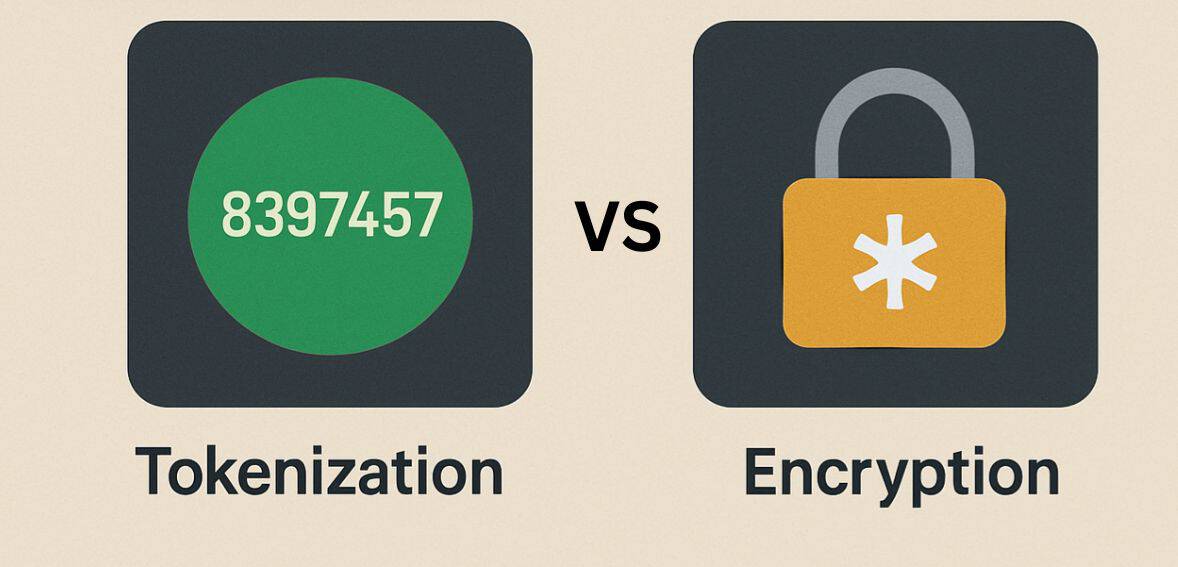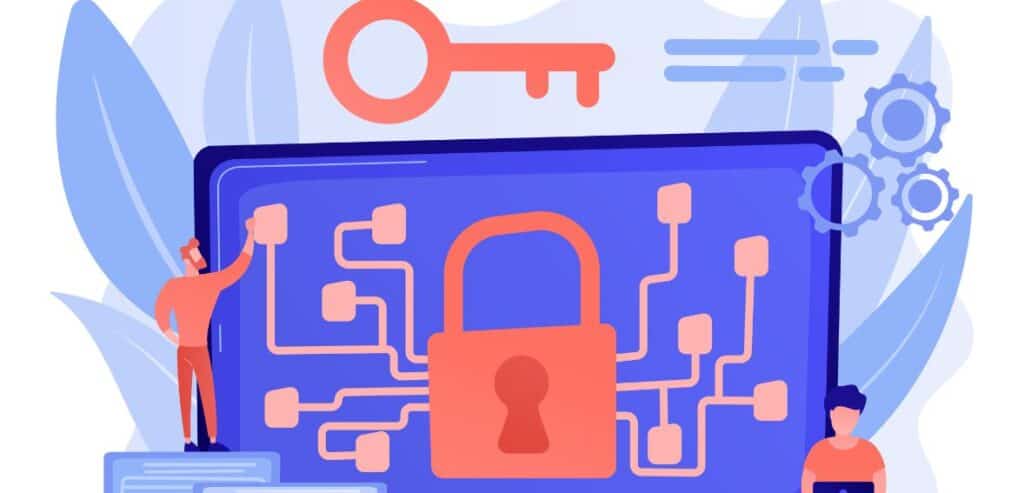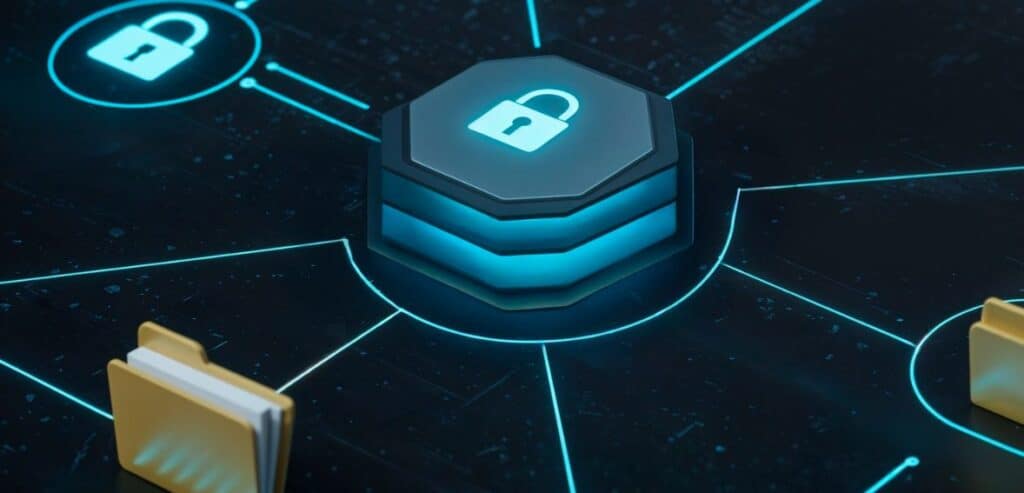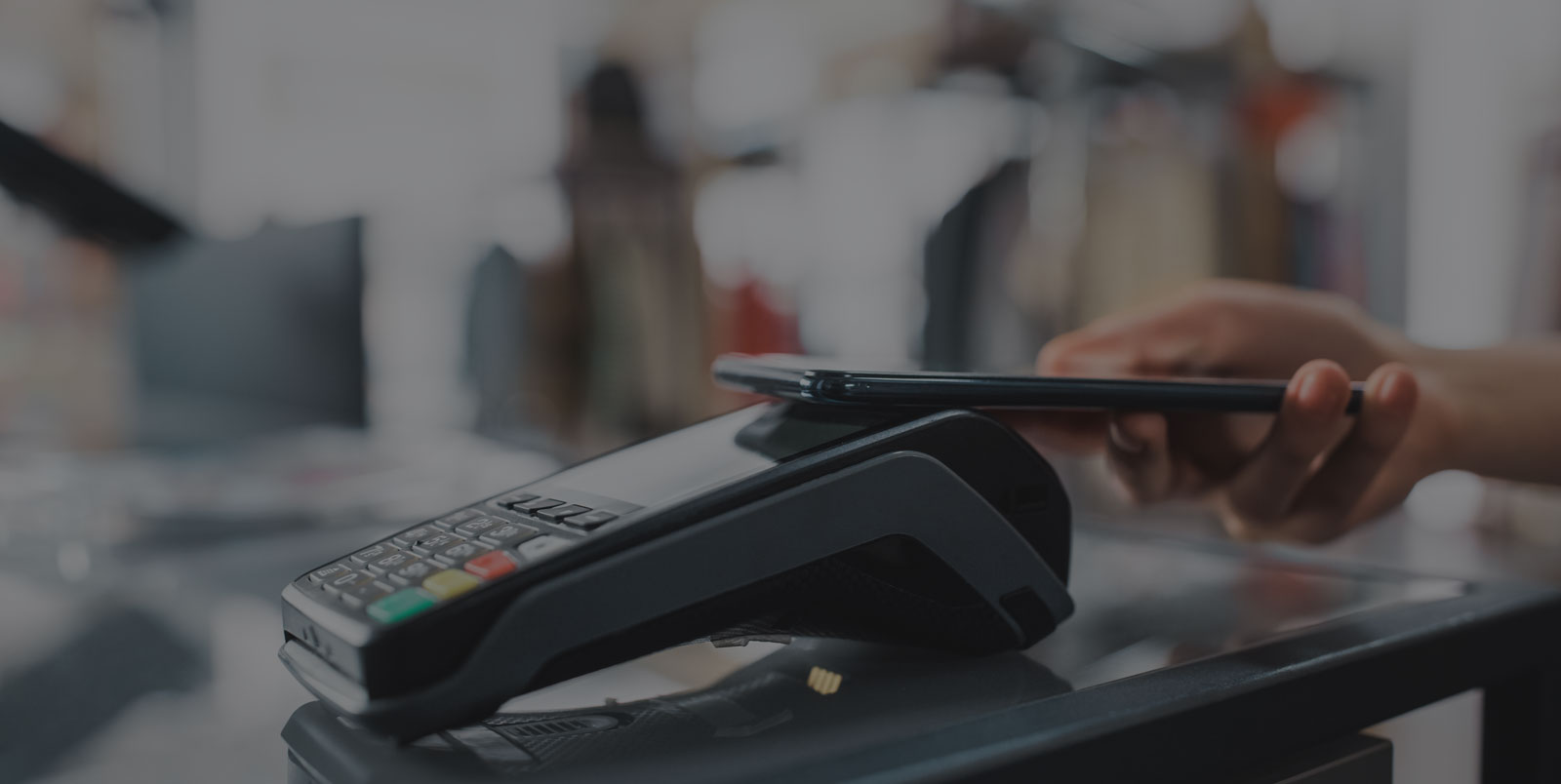
By admin August 10, 2025
Protecting sensitive data has never been more crucial in today’s fast-paced digital world, where logins, payments, and data transfers occur instantaneously. Even a single breach can result in significant financial losses and damage to customer trust for companies that handle financial or personal data. Understanding fundamental security technologies is therefore crucial for all decision-makers, not just IT teams.
Tokenization and encryption are two important data protection techniques. Tokenization substitutes innocuous placeholders that are useless if stolen, whereas encryption converts data into unintelligible code that needs a key. Each has unique advantages and disadvantages.
This article explains how both function, where they are most appropriate, and which could provide your company with greater security in the current threat environment.
Understanding the Stakes in Data Security Today

Sensitive information passes through a network of systems each time a consumer swipes a card, completes a form, or taps their phone to make a payment. Even a small security breach in this setting can set off a series of events with dire repercussions. Your security should not sleep like hackers do.
The question for financial service providers, retailers, and anybody else handling personal data is not whether or not to secure information, but rather how to do so. Tokenization and encryption are two of the most popular approaches; each has unique tactics, advantages, and disadvantages. Knowing how these two approaches differ from one another goes beyond academics. It might hold the secret to protecting both your reputation and your data.
What Is Encryption? A Historical Powerhouse in Cyber Defense

The foundation of digital security has always been encryption. Fundamentally, it uses algorithms to convert readable data into a coded format. The data can only be decrypted and read by someone who has the right key. Emails, passwords, and financial transactions are all protected by this method. But how well those encryption keys are secured has a big impact on how strong it is.
A malicious actor can access all of the protected data if they manage to obtain the key. Many times, encryption needs to operate in real time, decrypting and re-encrypting as files are stored or transactions are processed by systems. Because every touchpoint offers a chance for a breach, this makes it both strong and vulnerable.
Even with its risks, encryption remains widely used because of its versatility and ability to safeguard data at rest and in motion. But in the payments world, where real-time speed and precision are critical, its limitations are more noticeable than ever.
How Tokenization Works: A Newer Approach to Securing Data

A completely different model is provided by tokenization. Instead of combining the data like encryption does, it substitutes a token—basically, a placeholder with no exploitable value—for sensitive data. For example, a randomly generated string of numbers kept in a secure vault could be used in place of a credit card number.
Hackers cannot reverse-engineer that token to find the original data, even if they manage to intercept it. Accordingly, tokenization offers an extra degree of security that is especially helpful in settings like e-commerce, retail, and hospitality, where large amounts of private data are transferred frequently.
Tokenization does not require complicated key management for everyday use, in contrast to encryption. Rather, it reduces the attack surface area by removing sensitive data from active systems and isolating it. It’s like storing your valuables in a vault instead of just hiding them in a locked drawer.
Real-World Applications in Payment Processing
The payments sector is the one where these tools are used most obviously. Customers’ data must be immediately secured when they pay at a checkout terminal or enter their card information online. The first transmission phase is when encryption performs best, safeguarding the data while it moves across networks. Tokenization, however, becomes a more powerful ally once it reaches internal processing systems or storage.
Tokenization is becoming more and more popular among merchants for card-on-file and recurring billing transactions. By eliminating the need to repeatedly retrieve or send the original card number, a tokenized system lowers the burden of PCI DSS compliance and lowers the possibility of a data breach.
Combining the two techniques—tokenizing data at rest and encrypting it while it’s moving—has grown in popularity as a hybrid approach. It plays to the strengths of each approach, providing security without sacrificing operational efficiency.
Regulatory Compliance and Risk Reduction

Data protection regulations are mandatory, as evidenced by the GDPR in Europe and the PCI DSS in the payment card sector. Compliance can be made easier with tokenization, especially when it comes to PCI DSS. Tokenization lowers the number of systems that must be audited by deleting cardholder data from a merchant’s internal systems. There are actual cost savings associated with this simplification.
In contrast, key management and copious documentation are still necessary for encryption to be compliant. Tokenization lowers the attack surface, which simplifies audits and risk assessments—not that one is intrinsically superior in this respect.
Tokenization can even help HIPAA compliance in highly regulated sectors like healthcare by restricting the location and method of storing personal health information. In this regulatory climate, the method you choose to protect data can significantly influence your business’s exposure to fines and legal scrutiny.
Security Considerations: Breaking Down the Threats
Both tokenization and encryption have their vulnerabilities, and cyber threats are always changing. The key is the weakness of encryption. An attacker can access all of the data if they manage to crack the encryption key.
Conversely, tokenization makes a secure vault a high-value target by centralizing sensitive data there. The vault might reveal all of the original data if it were compromised. Token vault access, however, is typically restricted, heavily guarded, and layered with access controls.
As a result, unauthorized access is easier to identify and less likely to be overlooked. Another important difference is that encrypted data may still be targeted if attackers think they can crack the cipher, but tokenized data is useless if intercepted.
To make sure these tools function as intended in both situations, layered security procedures, staff training, and frequent system audits are crucial. Although no solution is infallible, you can reduce the weakest points in your system by knowing where each approach works best. Beyond payment security measures, merchants should also consider the legal structure of their business.
Understanding what is a Limited Liability Company can help ensure you meet compliance requirements while protecting personal assets.
Cost, Scalability, and Implementation Complexity

Since encryption only requires an overlay of protection and doesn’t require modifications to already-existing databases, it is frequently simpler to set up. Smaller businesses or legacy systems seeking a rapid boost in data security will find it ideal. In contrast, tokenization frequently requires more up front. It necessitates token generation systems and a secure vault, which may require investing in infrastructure upgrades or collaborating with specialized vendors.
However, tokenization’s long-term scalability and maintenance more than make up for its lack of simplicity. Once implemented, tokenization systems have little effect on processing speed and can manage large transaction volumes. They are therefore perfect for big retailers, subscription services, or any setting where frequent or recurring payments are made. Over time, the reduced audit scope and lowered breach risk often make tokenization more cost-effective—even if the initial investment is higher.
Customer Trust and Brand Reputation
Security breaches can destroy consumer trust in a matter of hours and have made headlines. Customers view knowing that their data is secure as more than just a checkbox; it is a requirement of doing business with you. Tokenization appeals to security-conscious customers because it restricts the quantity of private information that a business keeps.
Additionally, encryption can inspire trust, particularly when combined with open communication regarding data security. However, in the event of a breach, encryption by itself does not remove the possibility of widespread data exposure.
Tokenization is now marketed by many brands as a selling point because of this. Both tokenization and encryption have the potential to be tools for reputation building as well as protection when used carefully and in conjunction with open customer communication. Customers appreciate businesses that take proactive steps to shield their information—especially in an era where data privacy is a growing concern.
Conclusion
Selecting between encryption and tokenization is a strategic choice that impacts your company’s operations, compliance posture, and—above all—your relationships with customers. It is not just a technical one.
A fundamental component of data security, encryption has withstood the test of time and is especially useful for safeguarding data while it is being transmitted. Many organizations find it appealing due to its adaptability and simplicity of use, particularly when paired with effective key management procedures.
By eliminating sensitive data from your internal systems, tokenization, on the other hand, excels at lowering risk. Businesses can significantly lower their vulnerability to breaches and simplify compliance requirements by substituting non-sensitive tokens for actual data. This approach works best in high-volume settings where stored credentials or recurring payments are common, such as e-commerce, healthcare, and subscription-based models.
In the end, the most effective data protection techniques frequently combine the two—using tokenization to safeguard data at rest and encryption to secure data in transit. Finding the approach that best fits your infrastructure, risk profile, and legal requirements is the true challenge.
In a time when cyberattacks are becoming more complex, companies can no longer afford to ignore data security. The most obvious route to enduring trust is proactive security, whether achieved through tokenization, encryption, or a carefully thought-out hybrid model.
